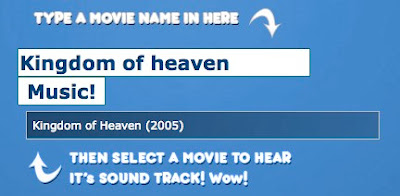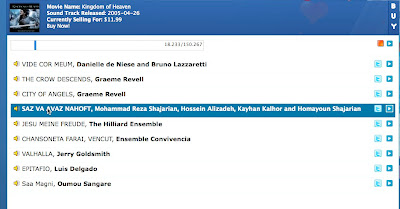So what it does, is it changes this dull YouTube page:
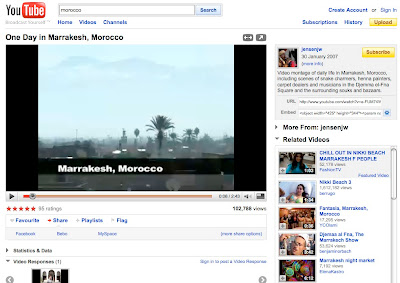
into this. A visual map of relayed videos. Each time you hover the mouse over one of the circles another set of related videos pop out and the you just click on a circle to play the video.

To appreciate the difference you really have to experience it, so here's the link to the original YouTube page with a video about Marrakesh
And now here's the 'warp'ed link with all the related videos which will start to show as you hover your mouse over them.
So how is it done?
Very simple, just replace the 'watch' in the URL to warp.swf
Example:
My Marrakesh video was at: http://www.youtube.com/watch?v=e-FUM74WsQo
So I change that to http://www.youtube.com/warp.swf?v=e-FUM74WsQo
This should work with any YouTube video.
So what's so great about this?
Well taking my original video on Marrakesh, it now enables my students to search for related video information around the same topic very quickly and simply.
As you move from video to video you create a kind of breadcrumb trail of dots which you can then click on to navigate back through the video you have watched.
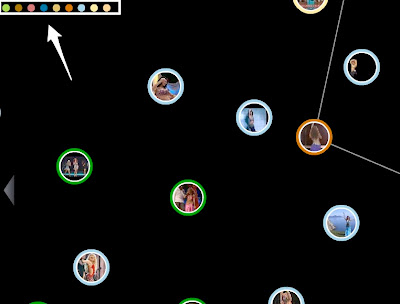 You can also click on the videos to play them full screen in your browser (nice feature IWB users)
You can also click on the videos to play them full screen in your browser (nice feature IWB users)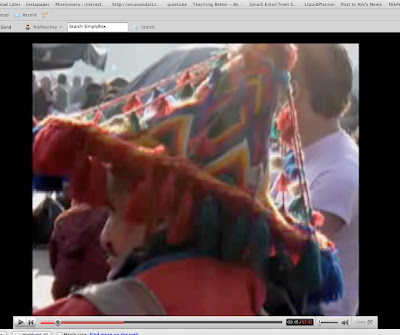 This is a great way to get students researching information around a topic you want to discuss in class or just creating and exploring conceptual associations. You could do this in class if you have data projector and try to get students to explain the connections, like six degrees of seperations. For example, how did I start with avideo of Marrakesh and end up with one of Shakira dancing?
This is a great way to get students researching information around a topic you want to discuss in class or just creating and exploring conceptual associations. You could do this in class if you have data projector and try to get students to explain the connections, like six degrees of seperations. For example, how did I start with avideo of Marrakesh and end up with one of Shakira dancing?I really enjoy this tool. It's also really handy for finding new music that's connected to the music you already like. Just 'warp' a music video from YouTube that you like and start exploring the connections.
This tool will though access all and any YouTube videos, so keep that in mind when you consider using it with your students, especially younger ones.
Hope you enjoy this.
Related links:
- Creating multimedia stories
- 12 Second Video Clips for EFL ESL
- Tutorial: Using Videos from YouTube
- Sending Bubble Joy to your EFL / ESL Students
- Great Video Commenting Tool
- A Picture's worth
- Picture phrases
- Personalised flashcards
- Exploiting Image Sequences
Nik Peachey Read More..








